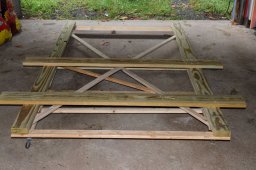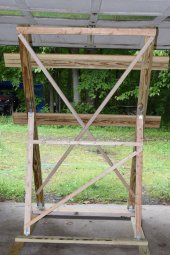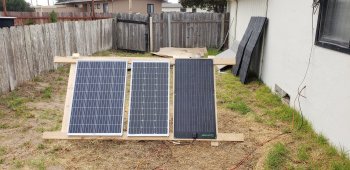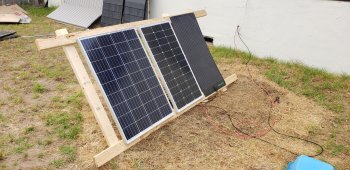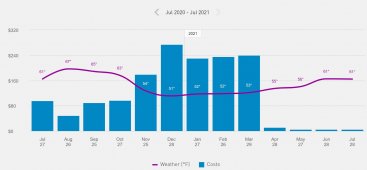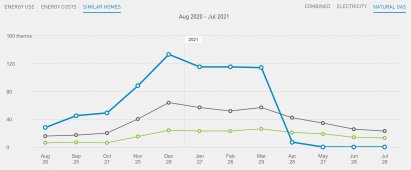fblevins1
New Member
- Joined
- Aug 14, 2021
- Messages
- 171
My inverter is a modified sine wave inverter. I can pick up a cheap pure sign wave inverter but the cost, watt for watt is about 40 percent more. More expensive if I want the super whamydyne units.That’s great! Using the bonus power well.
That is the right solution. Clearly you needed the storage, and because you’re using solar to enable savings in another area there is essentially no cost to you. It will break even in months.
400W is ok-ish to add a fridge. You might need more batteries, though.
Probably what you have going is maximum savings over minimum time (ROI) but no you have the power; adding to it a tad could be a fun hobby.
(what inverter?)
I’m hoping you have a pure sine wave inverter cabable of ~1200W (10A@120V) not a mod sine. Because a pure sine could maybe run your fridge with the sun out at ~400W of solar. So then you’re in reach of emergency grid replacement during outages.
I have and can run up to 700W of solar. No grid nearby. Been running on only 400W all summer.
It’s still weird in my head when I realize I just make coffee and such and don’t think about being careful with power consumption anymore.



